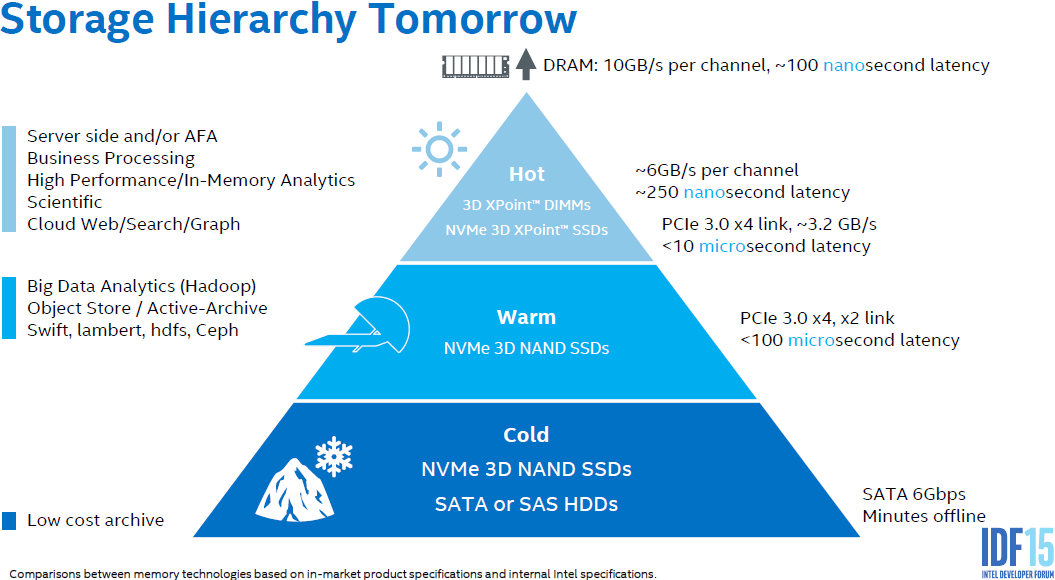Any news at all on this new class of drives, motherboards or chipsets?
I couldn't find any announcement of upcoming or future devices on the web besides the unfinished Asus motherboard prototype from last year. 3.2 was ratified back in 2013, and from past experience, it takes about that long for such new devices to appear on the market, but you'd expect at least some announcements.
Is something fishy? Like the uncanny SATAe contraption of SATA and PCIe being more difficult to implement according to the SATAe 3.2 specs? Some people already complained about the lack of power in the new SATAe connector, unlike the PCIe specs which require to supply power, so I wonder if they are trying to revise the specs. A 8TB SSD recently released, we'll probably need SATA 3.2 soon at this rate of technological advances.
I couldn't find any announcement of upcoming or future devices on the web besides the unfinished Asus motherboard prototype from last year. 3.2 was ratified back in 2013, and from past experience, it takes about that long for such new devices to appear on the market, but you'd expect at least some announcements.
Is something fishy? Like the uncanny SATAe contraption of SATA and PCIe being more difficult to implement according to the SATAe 3.2 specs? Some people already complained about the lack of power in the new SATAe connector, unlike the PCIe specs which require to supply power, so I wonder if they are trying to revise the specs. A 8TB SSD recently released, we'll probably need SATA 3.2 soon at this rate of technological advances.
![[H]ard|Forum](/styles/hardforum/xenforo/logo_dark.png)
